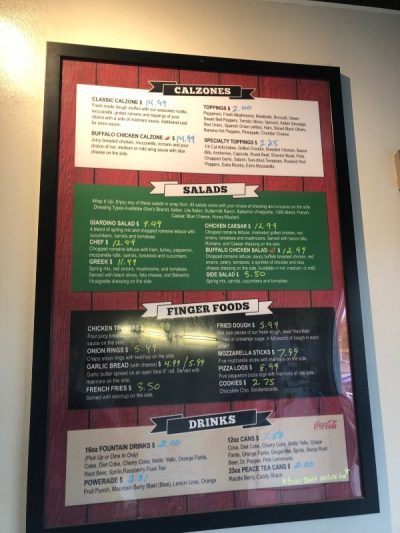Back when I was in college studying economics, I was introduced to the idea of “menu costs.” Since I love pizza, let’s tell a story…
Big Bri’s pizza shop sells the best pizza in town. They have a loyal customer base and every weekend they are slammed. Over the past three months, Big Bri notices that the price he pays for cheese has been increasing rather dramatically. He calls up his cheese supplier, but gets the usual answer about “shortages” and “our prices have gone, so your price needs to go up.” Since it had been a while since they raised their prices for a slice or whole pie, Big Bri raises the cost by 25 cents a slice and one dollar per pie. He has all new menus printed and menu boards made which costs him $600. Back to business as usual until three months later the price of cheese has doubled! The decision now becomes even harder having just spent $600 on new menus. Big Bri decides NOT to raise his prices again in order to avoid the menu cost of having to reprint and rebuild all the signage. This creates stability or rigidity to the price that each of Big Bri’s customers pays for pizza. The example ends with all the customers becoming lactose intolerant and what do you know, problem solved! (kidding of course)
A scenario many could face in the aftermath of this pandemic is the cost of a vacation increases by $1,000 more than it was the year before. Do you cancel the trip and risk upsetting the family, or do you leave the price and menu the same and figure out a way to make the numbers work?
Unlike the modern reality we live in, the field of economics loves to operate in well defined models with precisely tuned assumptions. Today, technology and innovation are paving the path forward providing us with an increasing number of new alternative solutions to the familiar problems of the past. For some, these solutions involve the latest tech and leveraging artificial intelligence. For others, like my local pizza shop, the solution involved a dry erase board 🙂
Happy Friday!

